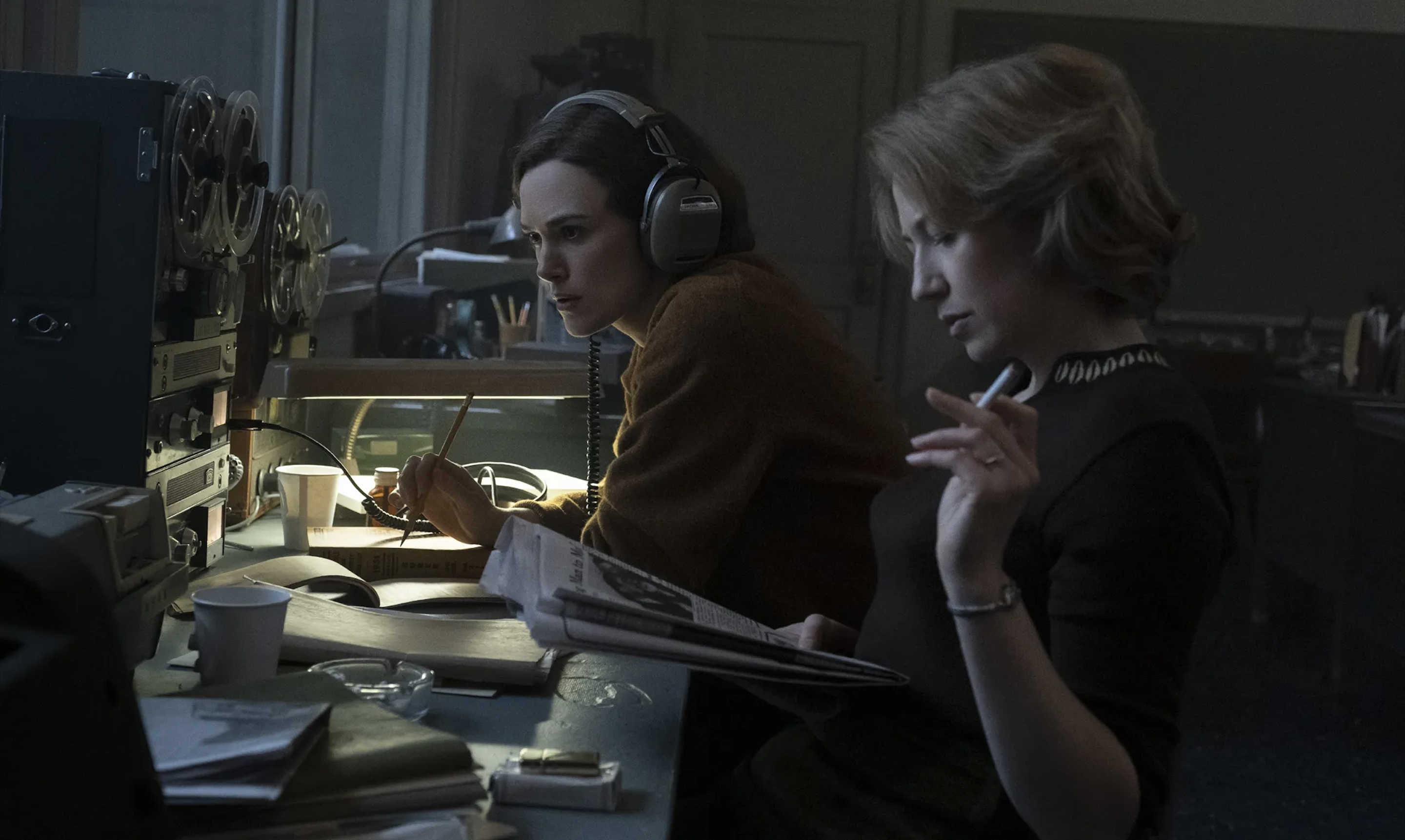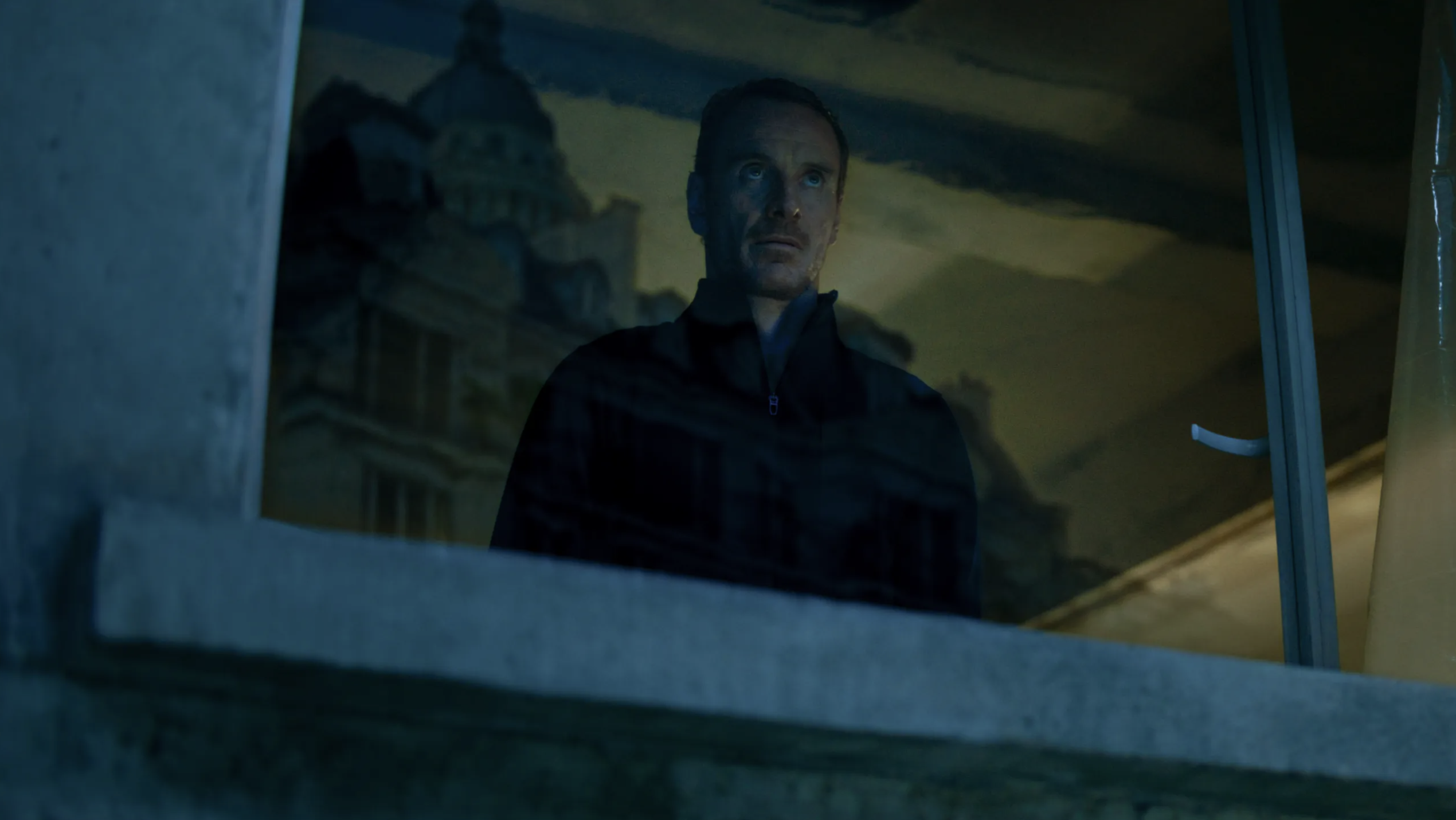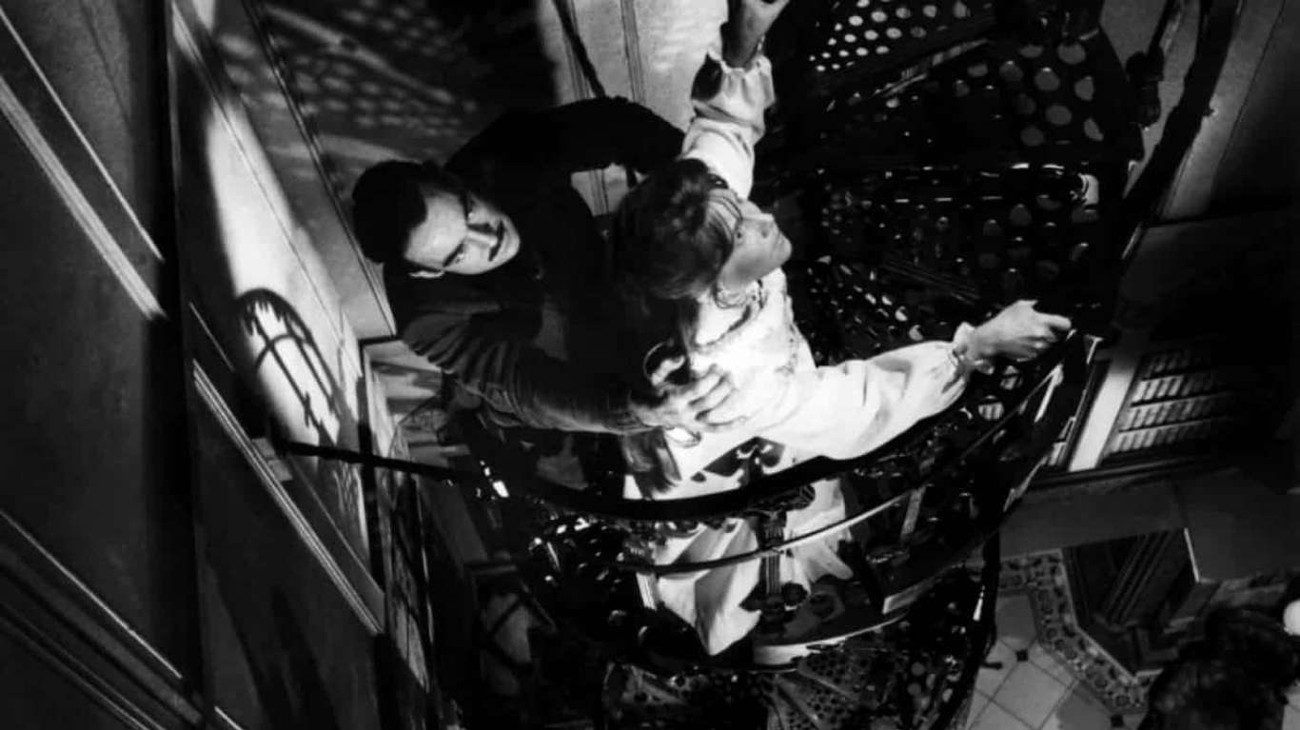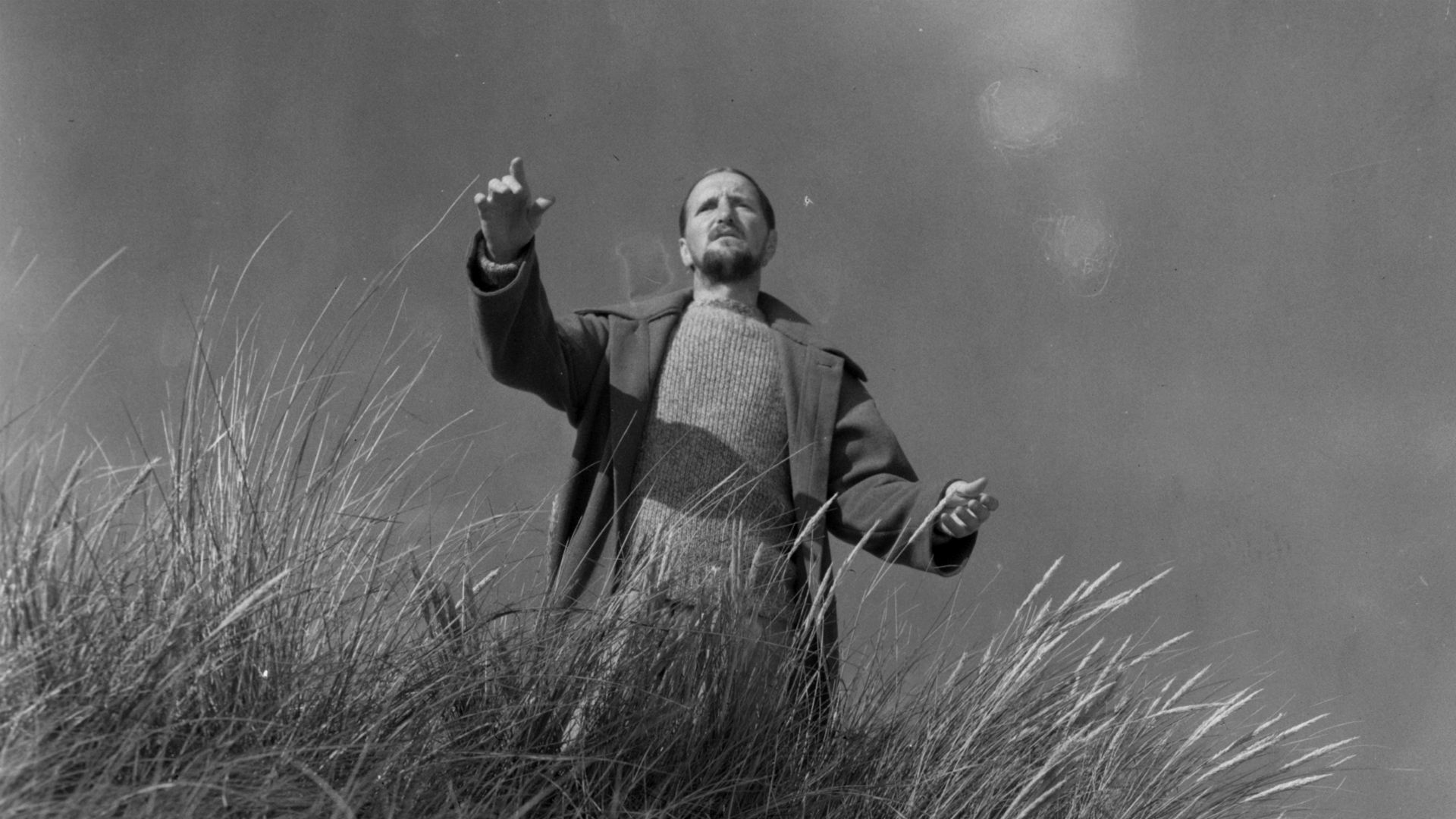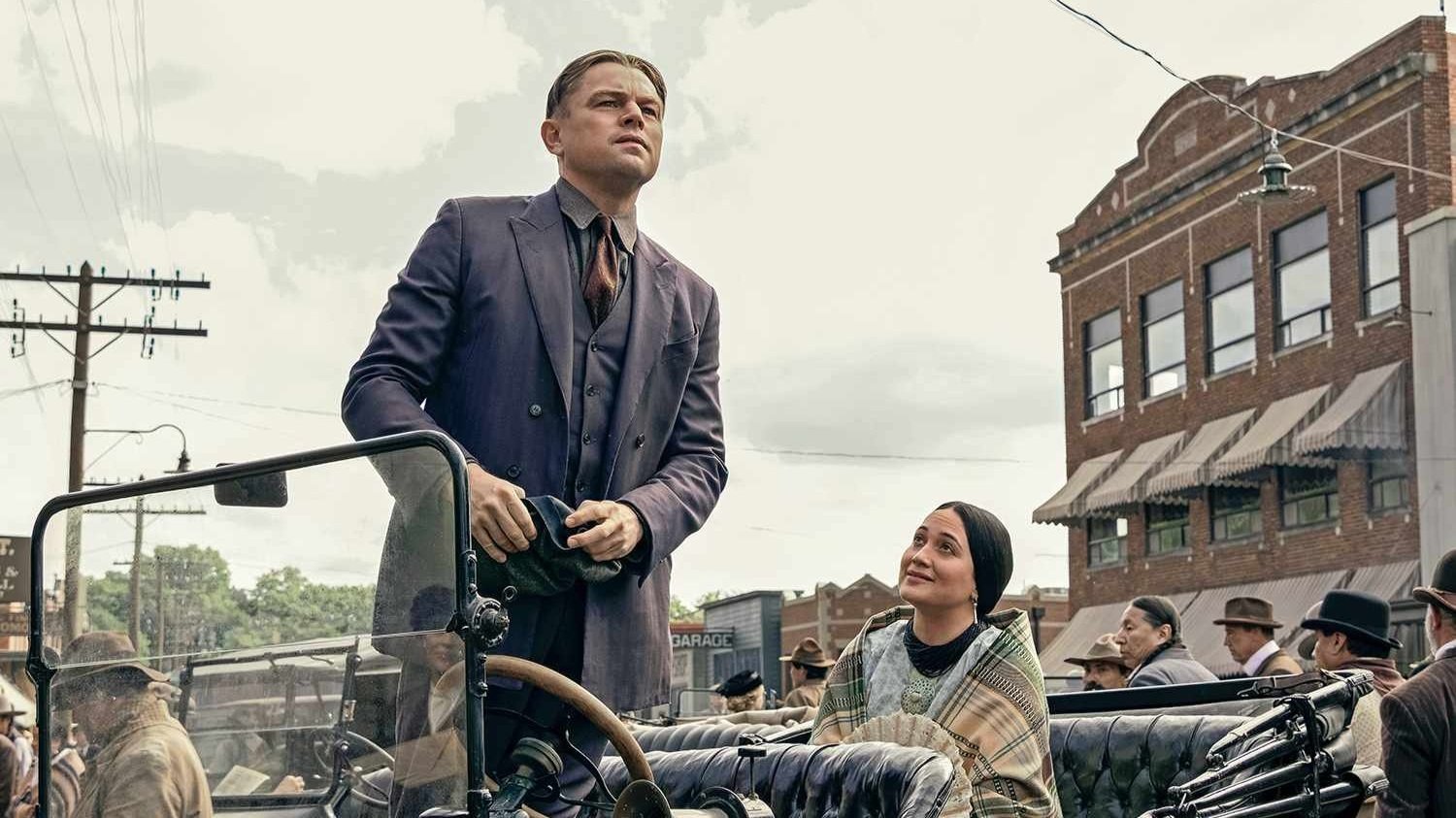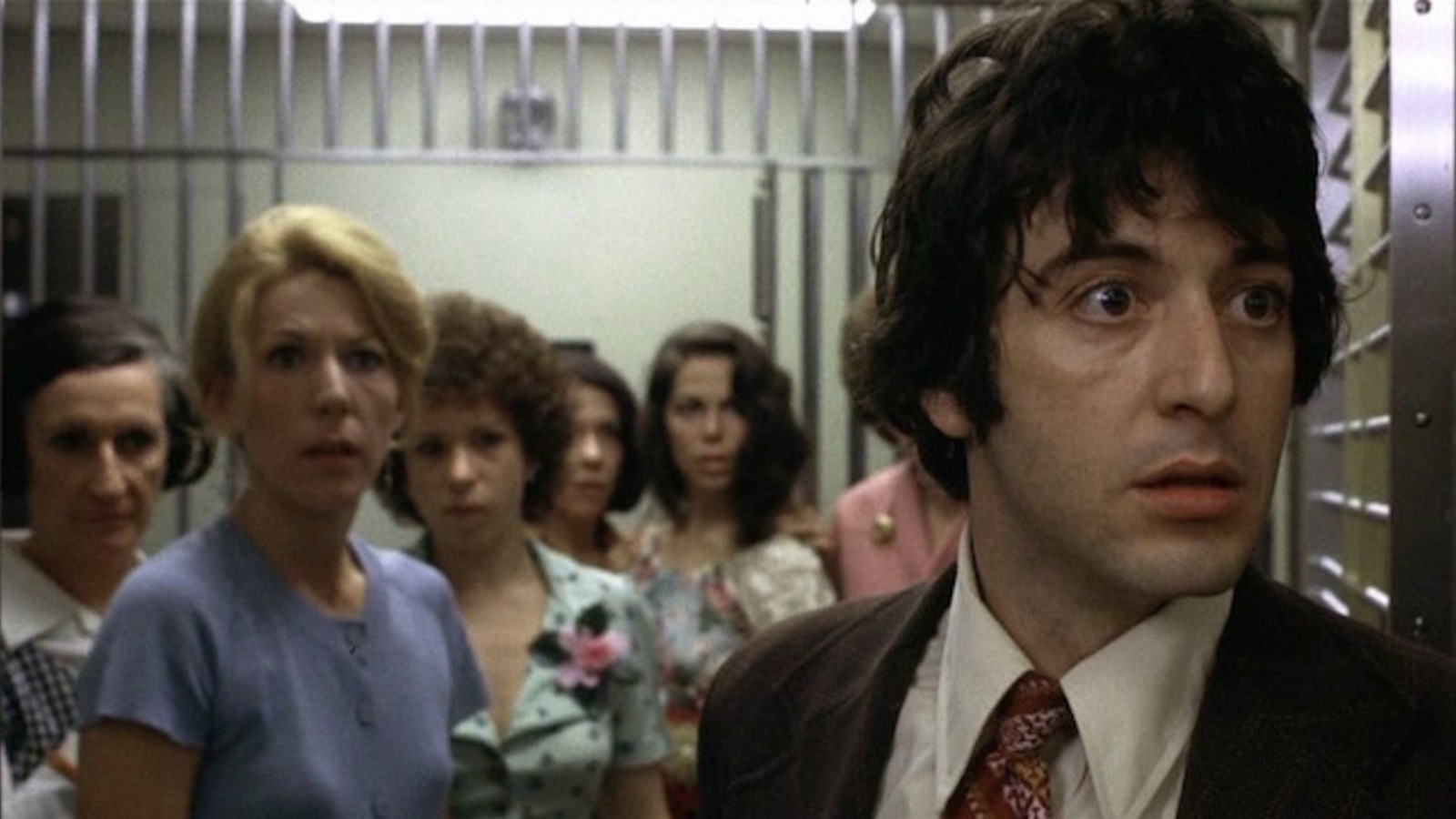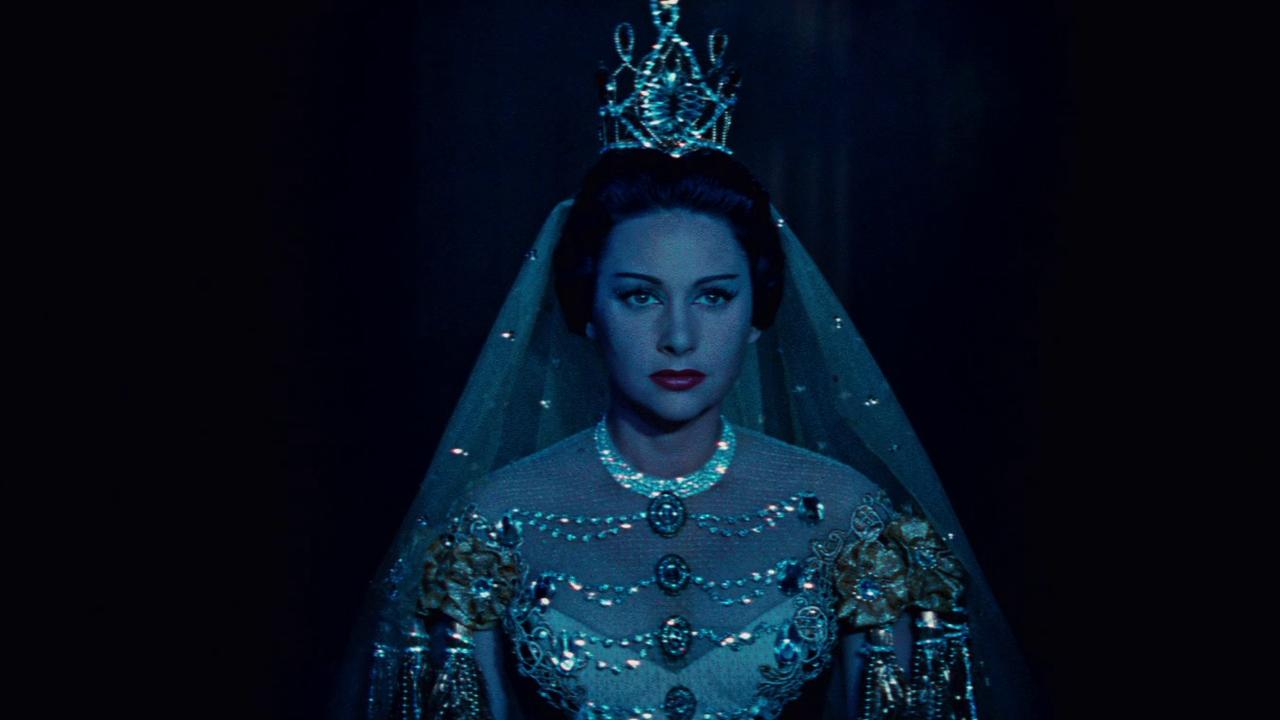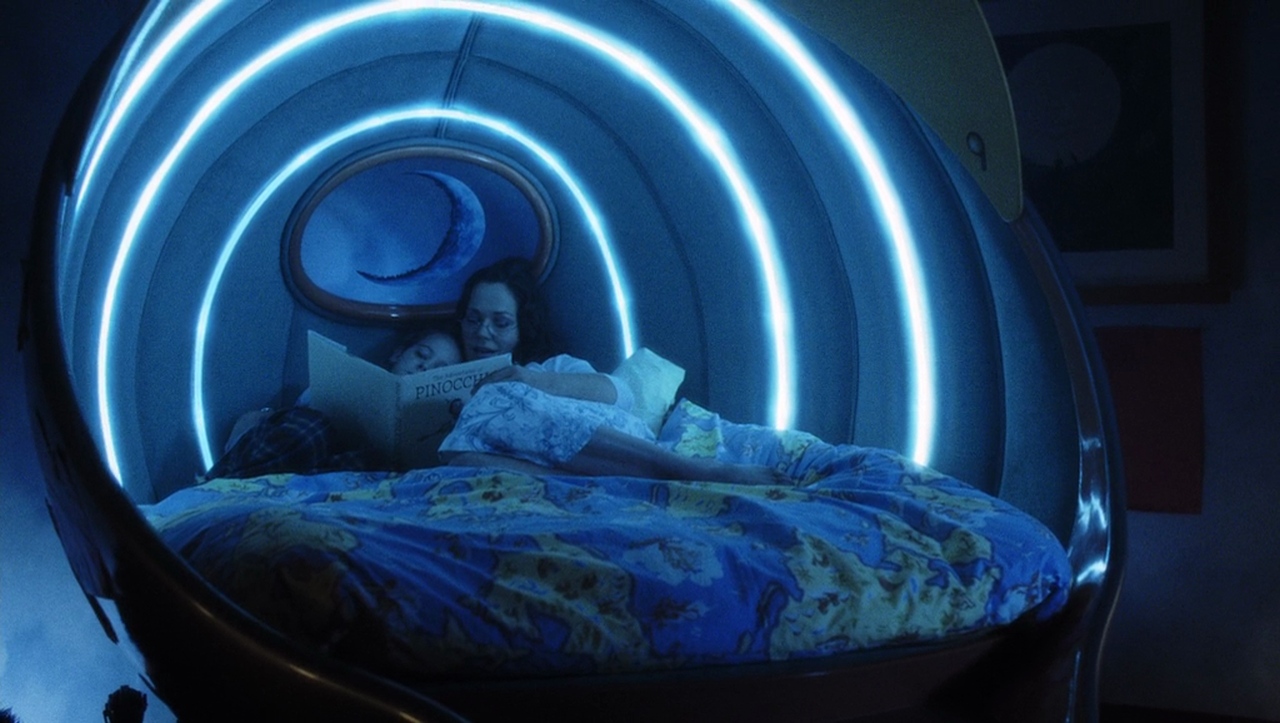Boston Strangler (2023)
Even when we aren’t witnessing the Boston Strangler’s brutal murders in Matt Ruskin’s true crime procedural, we feel a palpable paranoia spreading across 1960s Massachusetts, posing a cutting criticism of those misogynistic institutions seeking to protect one half of society while the other lives in perpetual fear.

